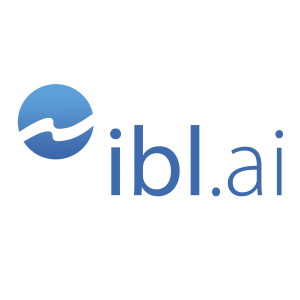
Thursday Mar 20, 2025
Harvard Business School: The Value of Open Source Software
Summary of https://www.hbs.edu/ris/Publication%20Files/24-038_51f8444f-502c-4139-8bf2-56eb4b65c58a.pdf
Investigates the economic value of open source software (OSS) by estimating both the supply-side (creation cost) and the significantly larger demand-side (usage value). Utilizing unique global data on OSS usage by firms, the authors calculate the cost to recreate widely used OSS and the replacement value for firms if OSS did not exist.
Their findings reveal a substantial multi-trillion dollar demand-side value, far exceeding the billions needed for recreation, highlighting OSS's critical, often unmeasured, role in the modern economy. The study also examines the concentration of value creation among a small percentage of developers and the distribution of OSS value across different programming languages and industries.
-
This study estimates that the demand-side value of widely-used open source software (OSS) is significantly larger than its supply-side value. The researchers estimate the supply-side value (the cost to recreate the most widely used OSS once) to be $4.15 billion, while the demand-side value (the replacement value for each firm that uses the software and would need to build it internally if OSS did not exist) is estimated to be much larger at $8.8 trillion. This highlights the substantial economic benefit derived from the reuse of OSS by numerous firms.
-
The research reveals substantial heterogeneity in the value of OSS across different programming languages. For example, in terms of demand-side value, Go is estimated to be more than four times the value of the next language, JavaScript, while Python has a considerably lower value among the top languages analyzed. This indicates that the economic impact of OSS is not evenly distributed across the programming language landscape.
-
The study finds a high concentration in the creation of OSS value, with only a small fraction of developers contributing the vast majority of the value. Specifically, it's estimated that 96% of the demand-side value is created by only 5% of OSS developers. These top contributors also tend to contribute to a substantial number of repositories, suggesting their impact is broad across the OSS ecosystem.
-
Measuring the value of OSS is inherently difficult due to its non-pecuniary (free) nature and the lack of centralized usage tracking. This study addresses this challenge by leveraging unique global data from two complementary sources: the Census II of Free and Open Source Software – Application Libraries and the BuiltWith dataset, which together capture OSS usage by millions of global firms. By focusing on widely-used OSS, the study aims to provide a more precise understanding of its value compared to studies that estimate the replacement cost of all existing OSS.
-
The estimated demand-side value of OSS suggests that if it did not exist, firms would need to spend approximately 3.5 times more on software than they currently do. This underscores the massive cost savings and productivity enhancement that the existence of OSS provides to the economy. The study argues that recognizing this value is crucial for the future health of the digital economy and for informing policymakers about the importance of supporting the OSS ecosystem.
No comments yet. Be the first to say something!